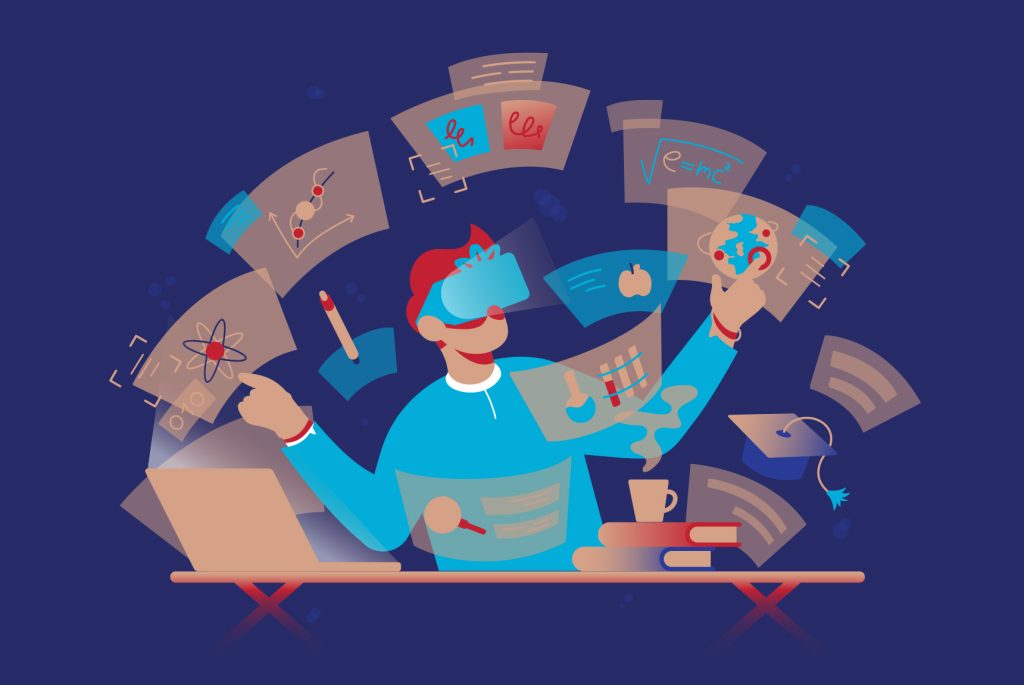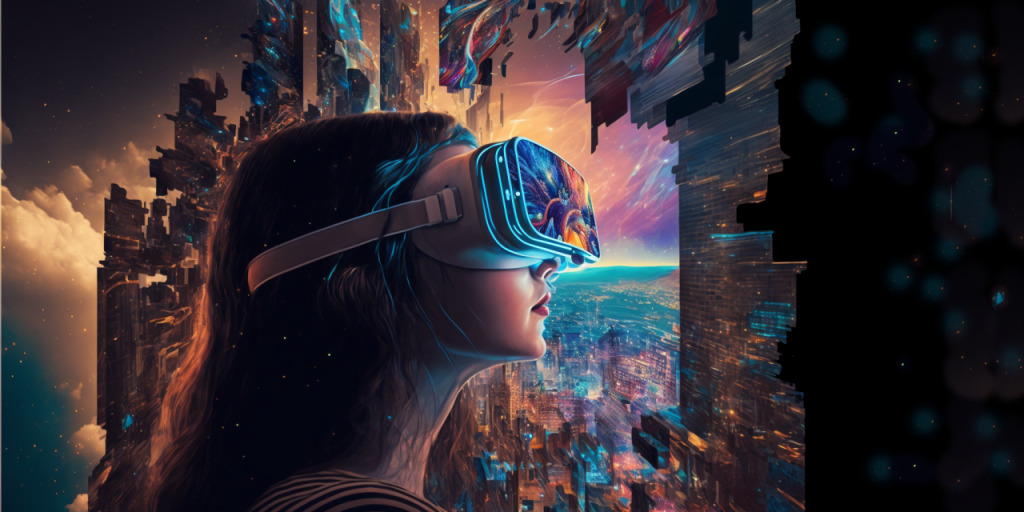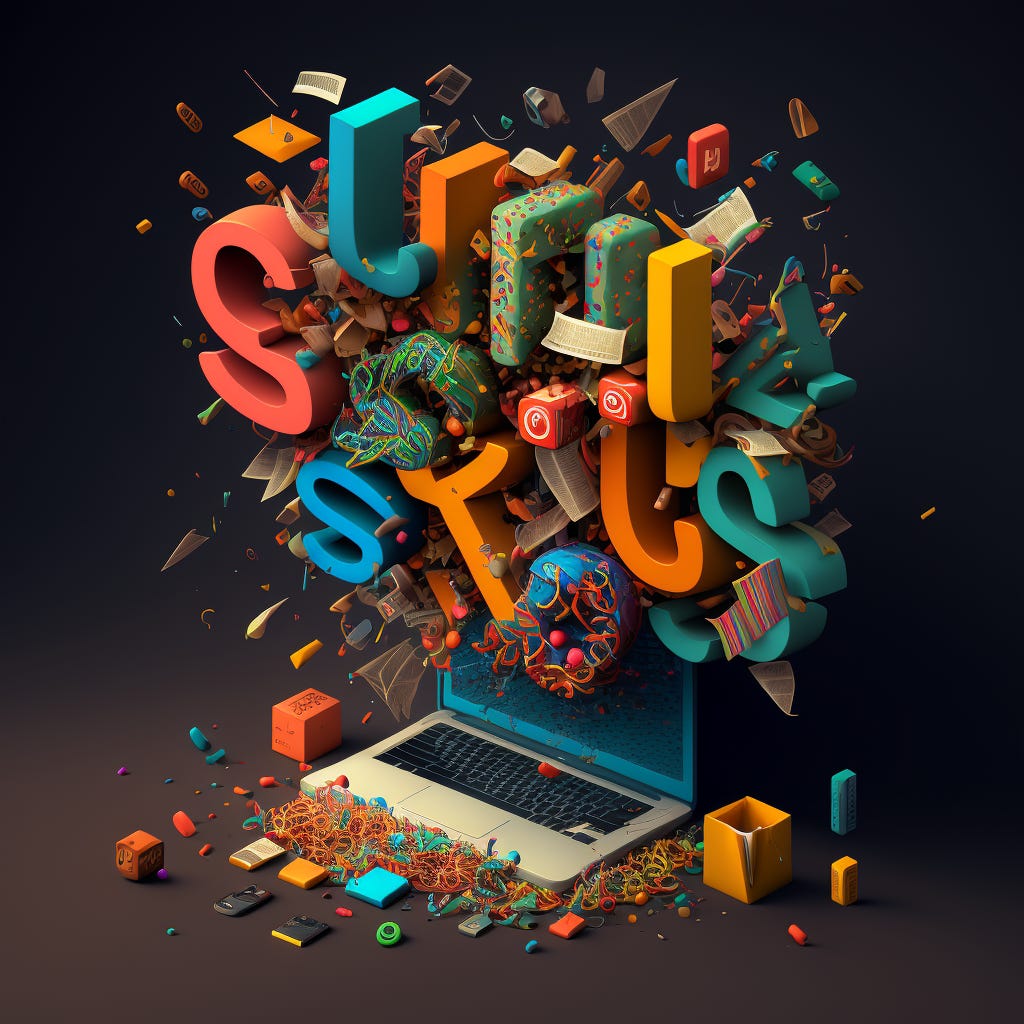Augmented Reality Unveiled: The Intersection of Virtual and Real Worlds
In the digital age, technology continues to redefine human experiences, and one of the most captivating innovations is Augmented Reality (AR). This essay embarks on a journey to explore the realm of AR, delving into its definition, applications, potential, and impact on various industries.

Defining Augmented Reality
Augmented Reality bridges the gap between the virtual and real worlds by overlaying digital content onto the physical environment. Unlike Virtual Reality, which immerses users entirely in a computer-generated world, AR enhances real-world experiences with digital elements. This fusion of reality and technology presents limitless possibilities for innovation.
Applications Across Industries
AR’s applications span across diverse fields, from entertainment to education, healthcare, and beyond. In the realm of gaming, AR games like Pokémon GO introduced the masses to the concept of blending virtual creatures with real-world surroundings. In education, AR brings textbooks to life, enabling interactive learning experiences. Architects and interior designers employ AR to visualize structures and designs before construction begins.
Shaping Retail and E-Commerce
One industry significantly transformed by AR is retail. With the rise of online shopping, AR provides consumers with the ability to visualize products in their real-world environment before purchasing. Virtual try-ons for clothing and accessories, interactive product demos, and visualization of furniture in a home setting enhance the shopping experience and reduce the likelihood of buyer’s remorse.
Future Prospects and Challenges
The potential of AR is vast, yet challenges persist. Technological barriers, such as ensuring accurate real-time tracking and rendering of digital content, remain. Additionally, concerns over privacy and data security arise as AR systems collect and process real-time user data. As AR continues to evolve, addressing these challenges will be essential to its widespread adoption.
Augmented Reality in Healthcare: Redefining Patient Care and Medical Training
Augmented Reality (AR) has transcended its role as a gaming novelty and ventured into the realm of healthcare, revolutionizing patient care, medical training, and even surgical procedures. This essay delves into the transformative impact of AR in the medical field, highlighting its applications and potential benefits.
Enhancing Medical Visualization
AR provides healthcare professionals with a new dimension of visualization. Surgeons, for instance, can superimpose vital information onto their field of view during operations. This real-time data integration enhances decision-making and reduces the risk of errors. Moreover, medical imaging, such as MRI and CT scans, can be projected directly onto a patient’s body, aiding in accurate diagnosis and treatment planning.
Training and Education
AR is reshaping medical education by offering immersive learning experiences. Medical students can interact with virtual anatomical models, exploring the intricacies of the human body in three dimensions. Surgeons-in-training can practice procedures in a risk-free virtual environment before stepping into an operating room. AR democratizes access to medical education, fostering a new generation of skilled healthcare professionals.
Patient-Centric Care
In patient care, AR fosters enhanced communication between doctors and patients. Physicians can use AR to explain medical conditions visually, making complex information more accessible. Patients can visualize treatment options and their potential outcomes, leading to more informed decisions. AR-powered devices also aid in physical therapy, guiding patients through exercises with real-time feedback.
Challenges and Ethical Considerations
While AR holds tremendous promise, ethical considerations must be addressed. Patient data privacy, the accuracy of AR-generated information, and maintaining the human touch in healthcare interactions are essential concerns. Striking a balance between technological advancement and ethical responsibilities is crucial to realizing the full potential of AR in healthcare.

Transforming Education with Augmented Reality: A New Paradigm for Learning
Traditional education methods are undergoing a seismic shift with the integration of Augmented Reality (AR). This essay delves into the revolutionary impact of AR on education, exploring how it reshapes the classroom experience, engages students, and opens up new avenues for interactive learning.
Interactive Learning Environments
AR transforms classrooms into dynamic learning environments. Textbooks come alive as students scan pages to reveal 3D models, videos, and interactive simulations. Complex concepts become tangible as students manipulate virtual objects, fostering deeper understanding. Moreover, historical events can be reenacted through AR, enabling students to witness history in a whole new way.
Personalized Learning Experiences
One of AR’s strengths lies in its ability to cater to individual learning styles. AR apps can adapt content based on a student’s progress and preferences, ensuring a tailored learning journey. Struggling students receive additional support through interactive tutorials, while advanced learners can explore more challenging content at their own pace.
Global and Collaborative Learning
AR transcends geographical boundaries, enabling students to engage with global learning communities. Virtual field trips allow students to explore distant places without leaving the classroom. Collaborative projects become more immersive as students work together in shared AR environments, fostering teamwork and cross-cultural understanding.
Challenges and Future Implications
While AR holds immense promise for education, challenges persist. Access to AR devices, integration into curricula, and teacher training are barriers that need to be addressed. Moreover, the balance between screen time and traditional learning methods requires careful consideration. As AR continues to evolve, its role in education will likely expand, fundamentally changing how students engage with knowledge.
Augmented Reality in Design and Architecture: Redefining Creativity and Visualization
The world of design and architecture is embracing a groundbreaking tool—Augmented Reality (AR). This essay delves into the ways AR is transforming the creative process, enabling architects, designers, and artists to envision, iterate, and showcase their ideas in unprecedented ways.
Envisioning Concepts in 3D
AR provides designers with the ability to transform two-dimensional sketches into three-dimensional virtual models. Architects can visualize structures in real-world contexts, observing how their designs interact with the surrounding environment. This dynamic visualization process enables more informed decision-making in the early stages of a project.
Iterative Design and Collaboration
AR accelerates the design iteration process. Designers can overlay changes onto physical spaces in real-time, visualizing the impact of modifications instantly. Collaborative design becomes seamless as team members interact with virtual prototypes, offering input and making adjustments collaboratively. This streamlined workflow fosters innovation and efficiency.
Client Engagement and Visualization
AR revolutionizes client presentations by allowing them to experience designs in immersive ways. Architects can walk clients through virtual spaces, highlighting design elements and materials. For interior designers, AR enables clients to visualize furniture and decor in their homes before making purchasing decisions, reducing uncertainty and enhancing satisfaction.
Future Possibilities and Challenges
The future of design and architecture is intertwined with AR’s potential. However, challenges such as ensuring accurate scale and real-time rendering need to be addressed. Moreover, preserving the tactile experience of physical models while embracing digital innovation is a nuanced challenge. As AR continues to evolve, it will redefine the boundaries of creativity and reshape the aesthetics of the built environment.
